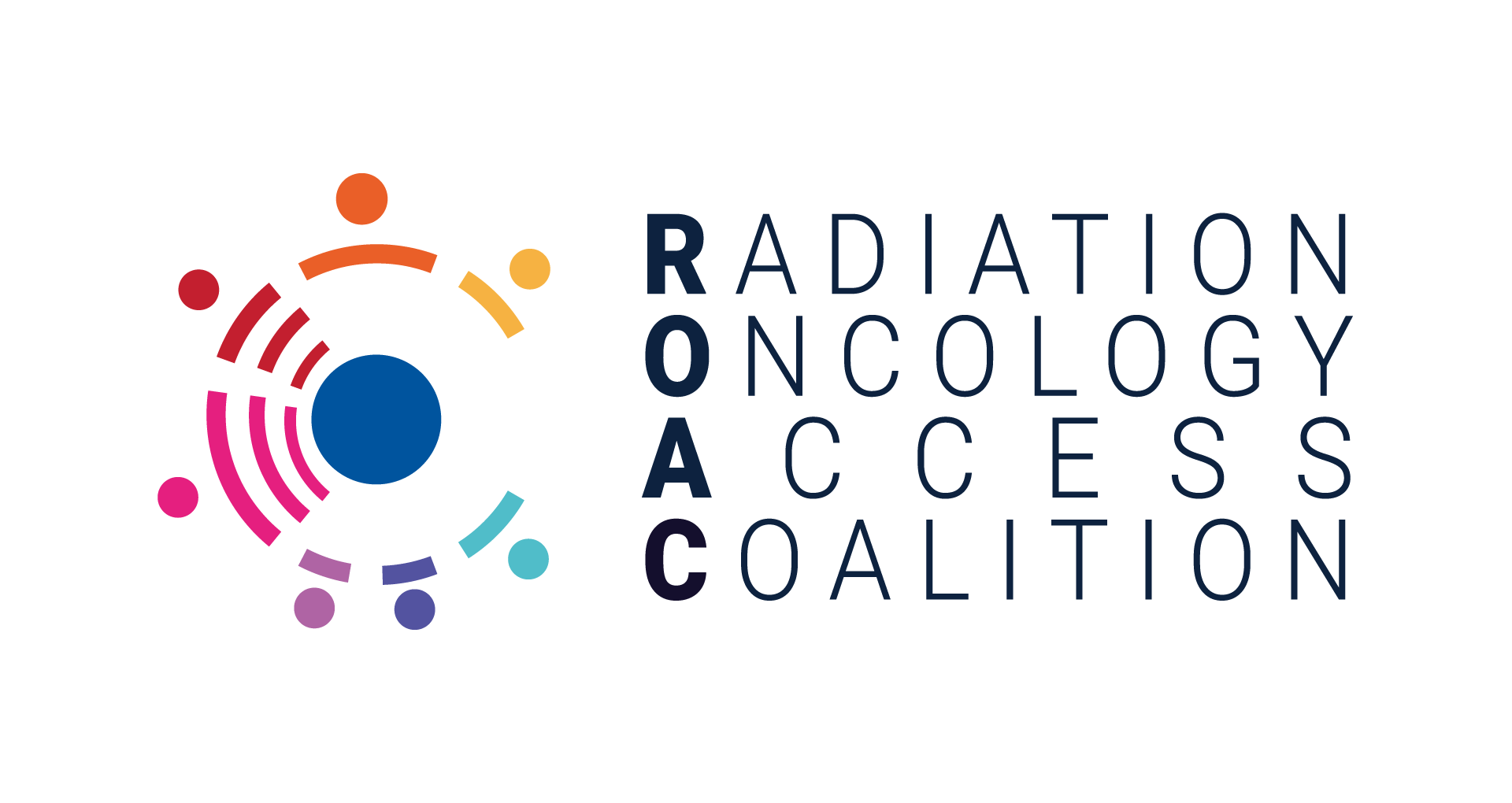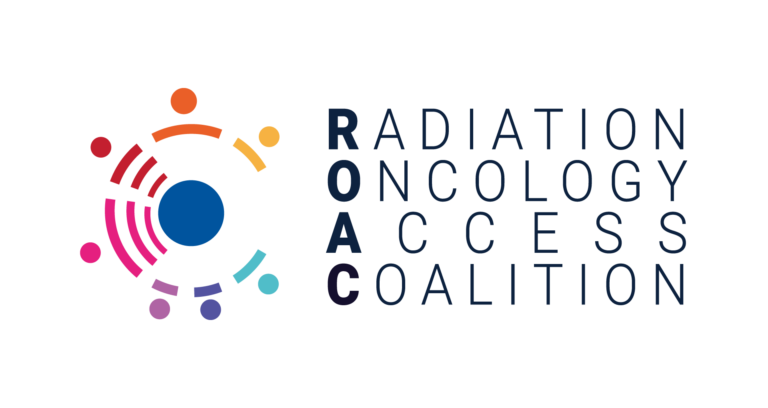Types of Radiation Therapy
There are a wide variety of specialised radiation therapy treatments that are not always simple to understand. Below are some short descriptions of different types of radiation therapy.
- Radiation Therapy
- External Beam Radiation Therapy (EBRT)
- Conventional Radiation Therapy
- Intensity Modulated Radiation Therapy (IMRT)
Radiation Therapy (also called radiotherapy) involves delivery of focussed high energy radiation from X-rays, gamma rays, protons, neutrons or other sources in the treatment of cancer. Radiation therapy typically damages cancer cells by destroying tumor DNA either directly or by releasing charged particles or free radicals within the cells. Cancerous cells are more susceptible to radiation than healthy, non-cancerous cells. Radiation therapy is a safe, effective and cost effective treatment for many types of cancer.
External beam radiation therapy is the delivery of tightly targeted radiation beams from outside the body. A course of treatment can be a single dose or involve several daily treatments (fractions) over a few days to a few weeks. The radiation oncology team operate the radiation machine (usually a linear accelerator) which generates and delivers the radiation beams. It usually delivers X-rays (also called photons) but can also use electrons or other less common particles such as protons. The particles have different properties which can be useful for the treatment of different cancers. The experience for the patient is similar to having an X-ray or a CT scan; they do not feel or see anything during treatment.
Conventional radiation therapy is an EBRT treatment technique. It is a non-invasive method of treating a tumour. The radiation beams are shaped as they leave the linear accelerator and/or before they reach the patient to make sure that they are carefully directed at the cancer. The shapes are generated specifically for each patient from their treatment planning; with the shaping achieved through the use of multi-leaf collimation.
IMRT is a special form of radiation therapy involving the delivery of hundreds of small radiation beams with different intensities (modulation), entering the body from a number of different angles to generate a highly conformal treatment plan. IMRT can allow for higher doses to be delivered to the target with a steep dose gradient (high dose rapidly dropping off) to minimise the dose to surrounding healthy tissue.
Join ROAC to drive better access to radiation therapy
ROAC encourages anyone with an interest in increasing access to radiation therapy or ROAC’s ongoing advocacy to join and collaborate with ROAC and stay informed of ROAC’s activities. Complete this form to express your interest in joining or collaborating with ROAC or simply to be kept informed of ROAC’s ongoing activities.




